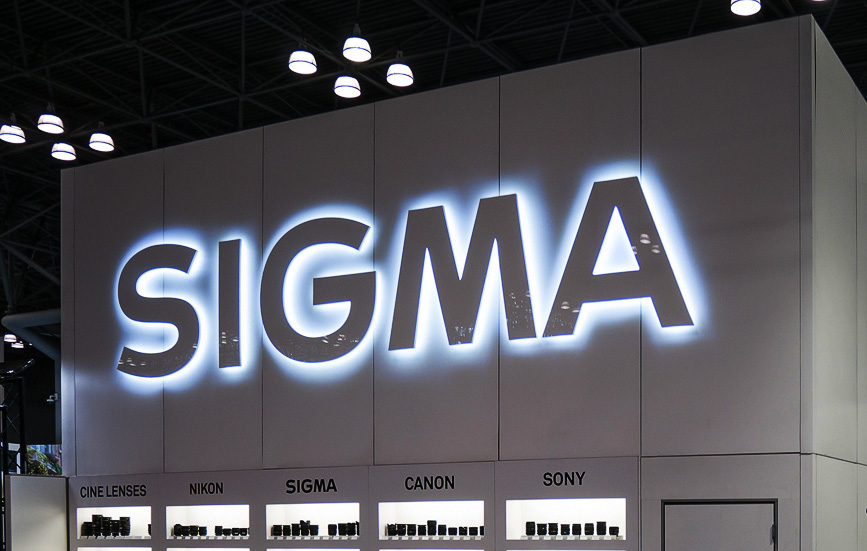
Sigma’s CEO Kazuto Yamaki sat down for an interview with DPR which you can read in full here or find a summary of below:
- All manufacturers have to be innovative, but customers might benefit more from lightweight bodies with greater portability or some other spec.
- Last year wasn’t bad for the camera market and it might have been the bottom of the market because the market has been growing since.
- Photographers are still switching from DSLR to mirrorless, but once the switch is complete the market could fall again
- Cameras and lenses going up in price could lead to the camera market further contracting.
- Sigma is still trying to keep its prices down
- Young people primarily take photos with smartphones and the high prices might turn them off.
- Cameras are gaining impressive technical capabilities that photographers may not need or want.
- More user-friendly features might make cameras more attractive
- Innovative lenses like the Sigma 500mm f/5.6 were designed to meet customers’ needs by matching Canon/Nikon lenses that customers wanted in a more compact lens by using one SLD and three FLD elements.
- Sigma is often the first to use lens elements thanks to its advanced manufacturing, but once they do something new others quickly copy them.
- Sigma still polishes lenses and they have a very high yield rate of about 90%
- Companies hesitate to innovate using new glass elements because they can’t predict the yield rates
- Companies watch what Sigma does and if Sigma can successfully use a new glass element then others will try to copy Sigma’s success
- Pushing the limits of glass is in Sigma’s corporate culture and it can be seen from telephoto lenses to astrophotography lenses
- It’s Sigma’s mission to develop niche products to continue advancing photography as a whole
- Most lenses are better than photographers need, but astrophotographers are never satisfied because star images are the most challenging subjects, especially on the edge of the frame where you can see a variety of aberrations
- Kazuto Yamaki is personally interested in creating great lenses for astrophotography
- Full-frame and APS-C shooters are similar, but APS-C shooters tend to live in cities and carry all their gear around in a bag.
- There are no aperture rings coming for APS-C lenses anytime soon
- Sigma will be competitive in the Full Frame and APS-C space
Sigma lenses can be found at Amazon and B&H Photo
Follow Canonaddict on Facebook, Twitter, Instagram, and YouTube
via FujiAddict